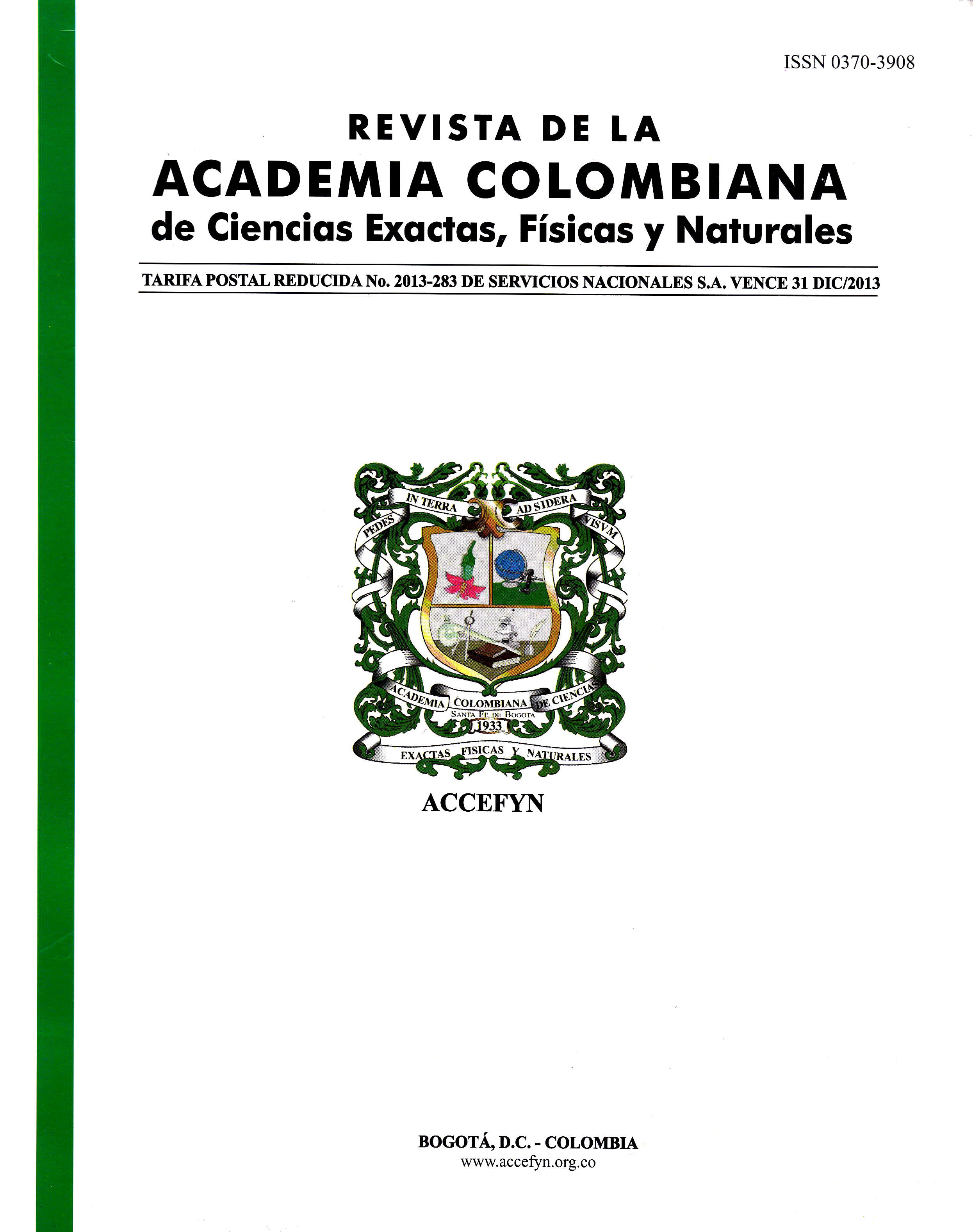Resumen
Se realizó el estudio genético de la población ex situ de Crocodylus intermedius que se encuentra en la Estación de Biología Tropical Roberto Franco, con el fin de establecer su potencial genético y los cruces adecuados para su manejo. Se emplearon primers heterólogos para la amplificación de loci microsatélite, encontrándose tres sistemas monomórficos y seis polimórficos con 2 a 16 alelos. Los adultos difieren en el número de juveniles de los cuales son padres candidatos lo que indicaría diferencias en la reproducción; 121 juveniles no tienen padres potenciales en los adultos y se consideraron de origen externo. No hubo diferencias entre He y A entre los adultos y los juveniles lo que indica que no se ha presentado una pérdida de diversidad genética. Se diseñaron cruces entre pares de individuos con un coeficiente r=0 para aumentar la heterocigosidad; es importante que todos los individuos se reproduzcan para evitar la pérdida de diversidad alélica y una diferenciación de la población exsitu con respecto a la población silvestre.
Referencias
Queller, d.C., Goodnight, F.C. 1989. Estimating Relatedness Using Genetic Markers. Evolution. 43:258-275.
Ramírez-perilla, J. 2000. Caimán llanero o cocodrilo del Orinoco (Crocodylus intermedius): Conservación y conocimiento público en la Orinoquía colombiana. Rev. Zoo Divulgación. 2(1). Villavicencio, Colombia.
Raymond, m., rousset, F. 1995. GENEPOP (version 1.2): population genetics software for exact tests and ecumenicism. J Heredity. 86:248-249.
Ruokonen, m., Andersson, A.C., Tegelström, H. 2007. Using historical captive stocks in conservation. The case of the Lesser white-fronted goose. Conserv Genet. 8:197-207.
Russello, m.A., Amato, G. 2004. Ex situ population management in the absence of pedigree information. Mol Ecol 13:2829-2840.
Selkoe, K.A., Toonen, r.J. 2006. Microsatellites for ecologists: a practical guide to using and evaluating microsatellite markers. Ecol Lett. 9:615-629.
Tzika, A.C., remy, C., Gibson, r., milinkovitch, m.C. 2008. Molecular genetic analysis of a captive-breeding program: the vulnerable endemic Jamaican yellow boa. Conserv Genet. 10(1): 69-77.
Weaver, J.p., rodríguez, d., Venegas-anaya, m., Cedeño-vásquez, J.r., Forstner, m., densmore, l. 2008. Genetic Characterization of Captive Cuban Crocodiles (Crocodylus rhombifer) and Evidence of Hibridization with the American Crocodile (Crocodylus acutus). J. Exp. Zool. 309A:649-660

Esta obra está bajo una licencia internacional Creative Commons Atribución-NoComercial-SinDerivadas 4.0.
Derechos de autor 2023 Revista de la Academia Colombiana de Ciencias Exactas, Físicas y Naturales

